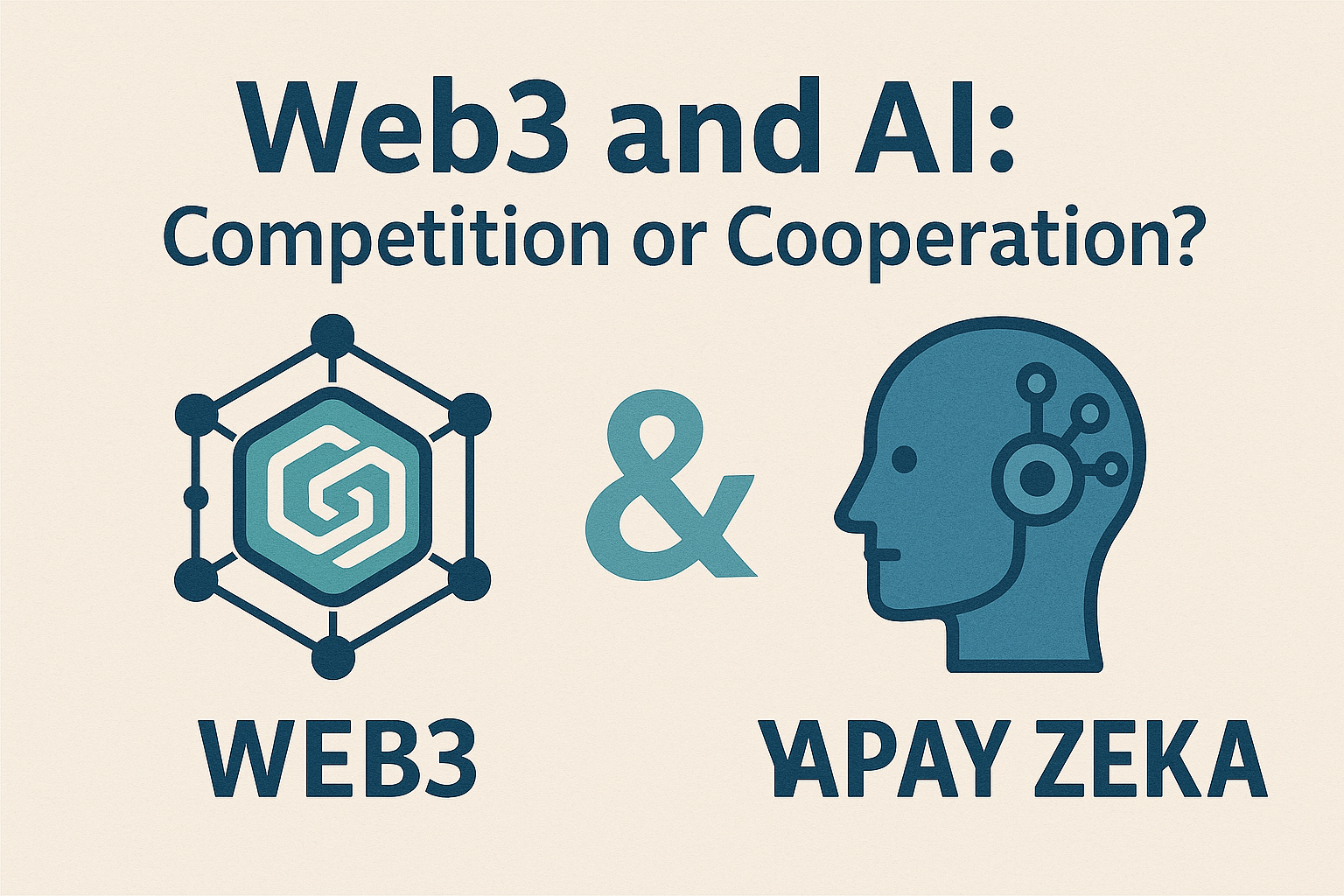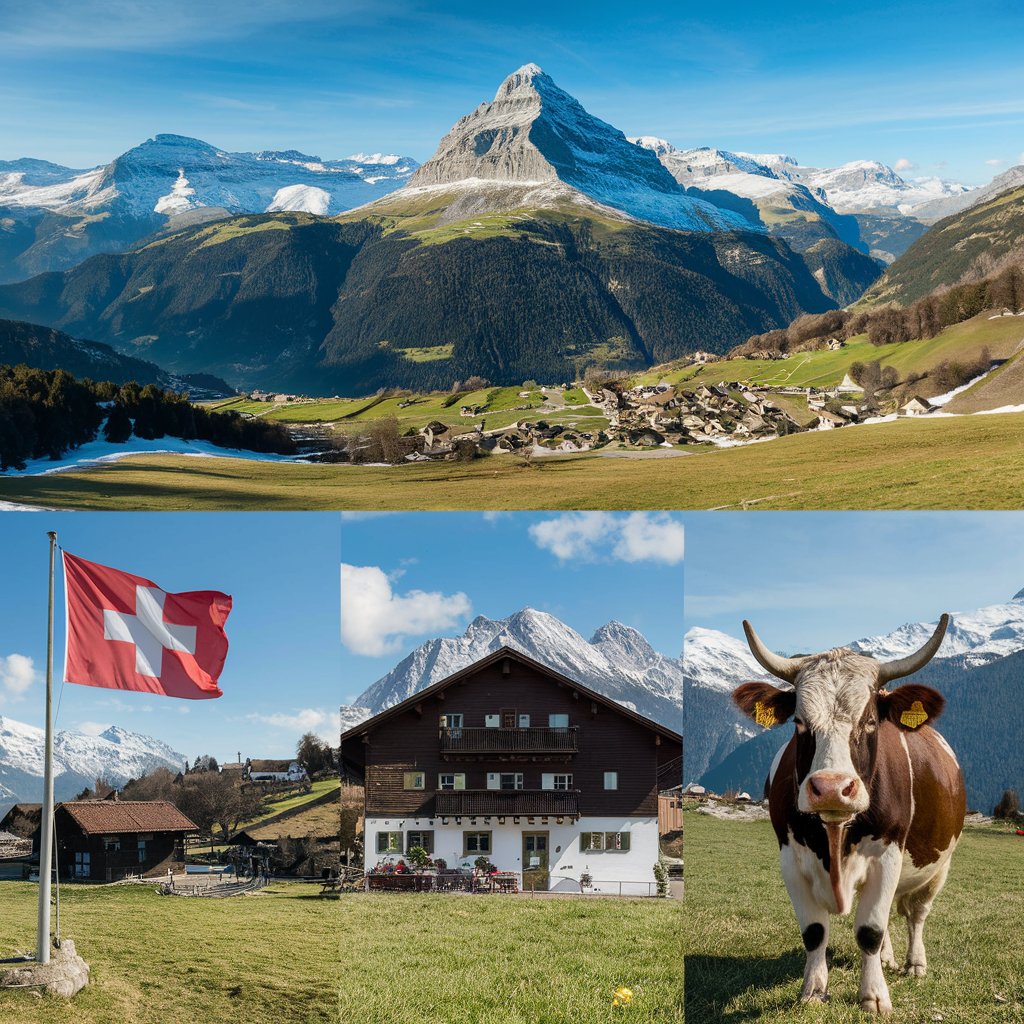The New Wealth Model in the Digital Age: Scarcity’s Out, Sharing’s In
0 comments

For ages, economics ran on one big idea: there just isn’t enough to go around. Not enough resources, not enough chances, not enough info.
But now? If you’ve got a phone and some halfway decent WiFi, you’ve got endless information. You can create nonstop. There’s no ceiling on imagination.
Something massive is happening behind the scenes. It’s quiet, but it’s turning the old rules upside down. We’re living in what people are calling the age of digital abundance.
And honestly, most of us are already knee-deep in it, whether we realize it or not.
How We Got Here: From Scarcity to Plenty
The old way said, “If it’s rare, it’s valuable.”
Less stuff meant higher prices.
Less knowledge meant more power.
If you controlled access, you controlled everything.
But the digital world doesn’t play by those rules.
Now, the more you share, the more valuable everything gets.
The more people jump in, the stronger the network grows.
Every new creator just adds to the richness of the whole thing.
So, abundance doesn’t kill value. It multiplies it—if we actually let it spread instead of locking it up.
People who used to just scroll and watch now create, remix, organize, and build. The line between consumer and creator is gone. You’re both at once.
The Power of Sharing: Community Is the New Boss
Let’s be real here: The digital universe doesn’t orbit around one company or government anymore.
Communities create value now, not big institutions.
Just look at it:
All the content? Made by users.
All the interaction? Driven by users.
Platforms only get valuable because we show up and get involved.
People who pitch in get rewarded.
That’s why the sharing economy is exploding.
It’s not “one company makes, everyone else buys.”
It’s “everyone builds, everyone gains.”
Sharing is power.
Participation is value.
Community is the economy.
It sounds simple, but it’s rewriting the rules of how our world works.
Why Blockchain Changes Everything
Digital abundance isn’t new. But blockchain? That’s a game-changer.
It took all that online effort and turned it into real, economic value.
Before, you’d make something online and maybe get a like. Or a badge. Maybe a comment if you were lucky.
Now? You create—you earn.
You contribute—you get paid.
Help the network, and the network helps you back.
Blockchain brings trust, transparency, and real ownership. That’s what holds this entire abundance economy together.
It’s not just a tech thing. It’s a whole new way to think about value.
The New Rule: Spread It Around, Watch It Grow
Old economics said, “Hoard value, and it grows.”
Digital thinking says, “Share it, and it grows faster.”
Networks only get stronger when more people join in. When anyone can jump in, create, or contribute, things take off.
That’s why Web3, open platforms, and blockchain spaces are on the rise—they reward people for pitching in, not for keeping others out.
A Reality Check: Is Abundance Really Endless?
Not quite. Every system has weak spots, and abundance faces its own hurdles:
Some people get more rewards than others.
Some communities stay pretty quiet.
We talk about decentralization, but in reality, it’s messy.
Rules and regulations keep showing up.
Tech isn’t perfect.
Still, compared to the old days, the cost of making something digital is almost nothing. That makes digital abundance almost impossible to stop.
We are making more—content, code, ideas, whatever—than ever before. And that’s shifting how value moves and grows in our world.
The new wealth model is coming together, bit by bit, out in the open for anyone paying attention.
Bottom Line: Sharing Runs the Show Now
The digital world is tearing down those old, scarcity-based systems. In their place, something new is growing—built on collaboration, participation, and shared rewards.
Now, if you create, comment, build, or even just show up, you’re part of this new engine. And it’s only going to get stronger.
The age of not-enough is fading out. The age of sharing and plenty is taking over.
So, what do you think?
Can this new abundance economy really take the place of the old scarcity model? Or are there bumps ahead we haven’t seen yet?
Drop your thoughts below—I want to hear what you think.



Comments